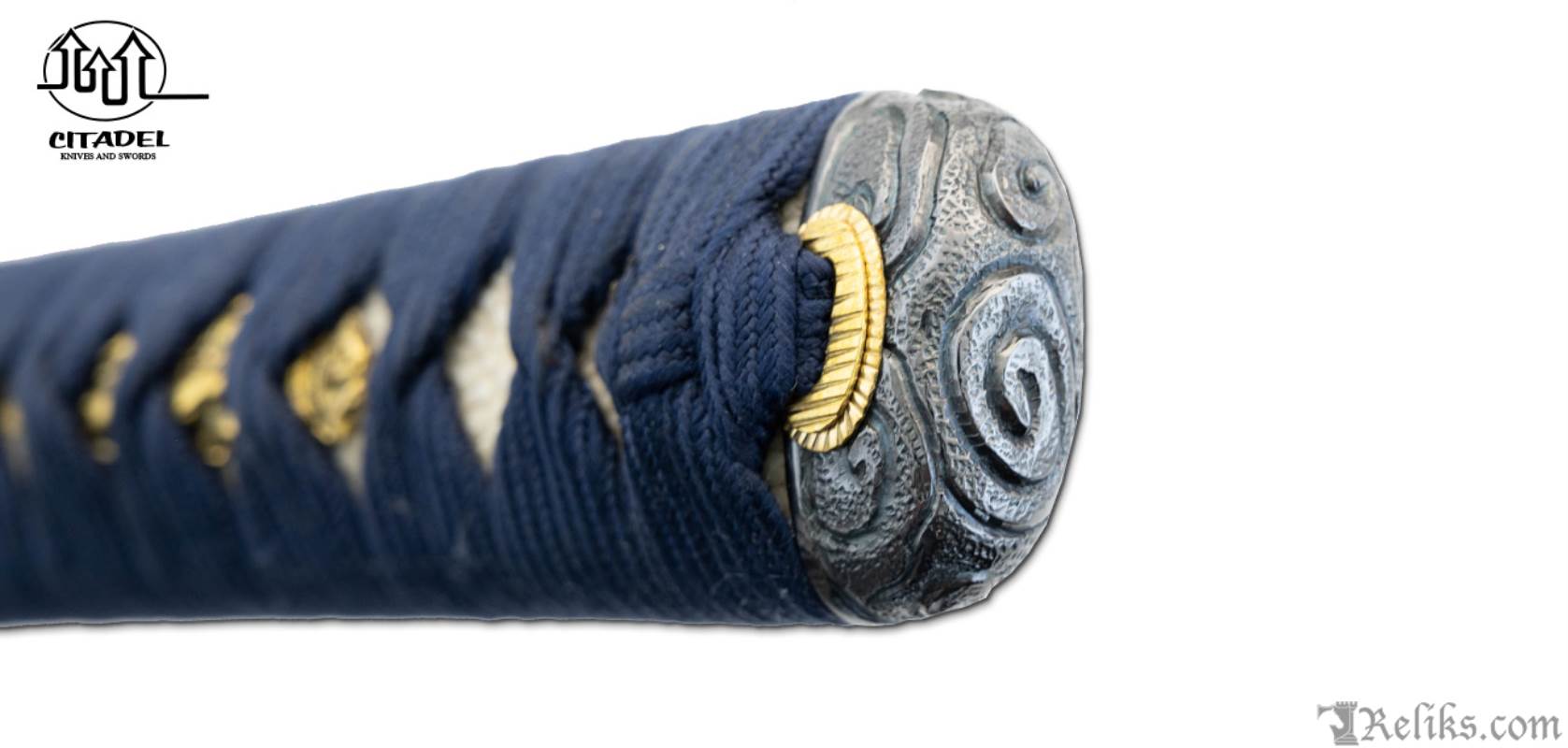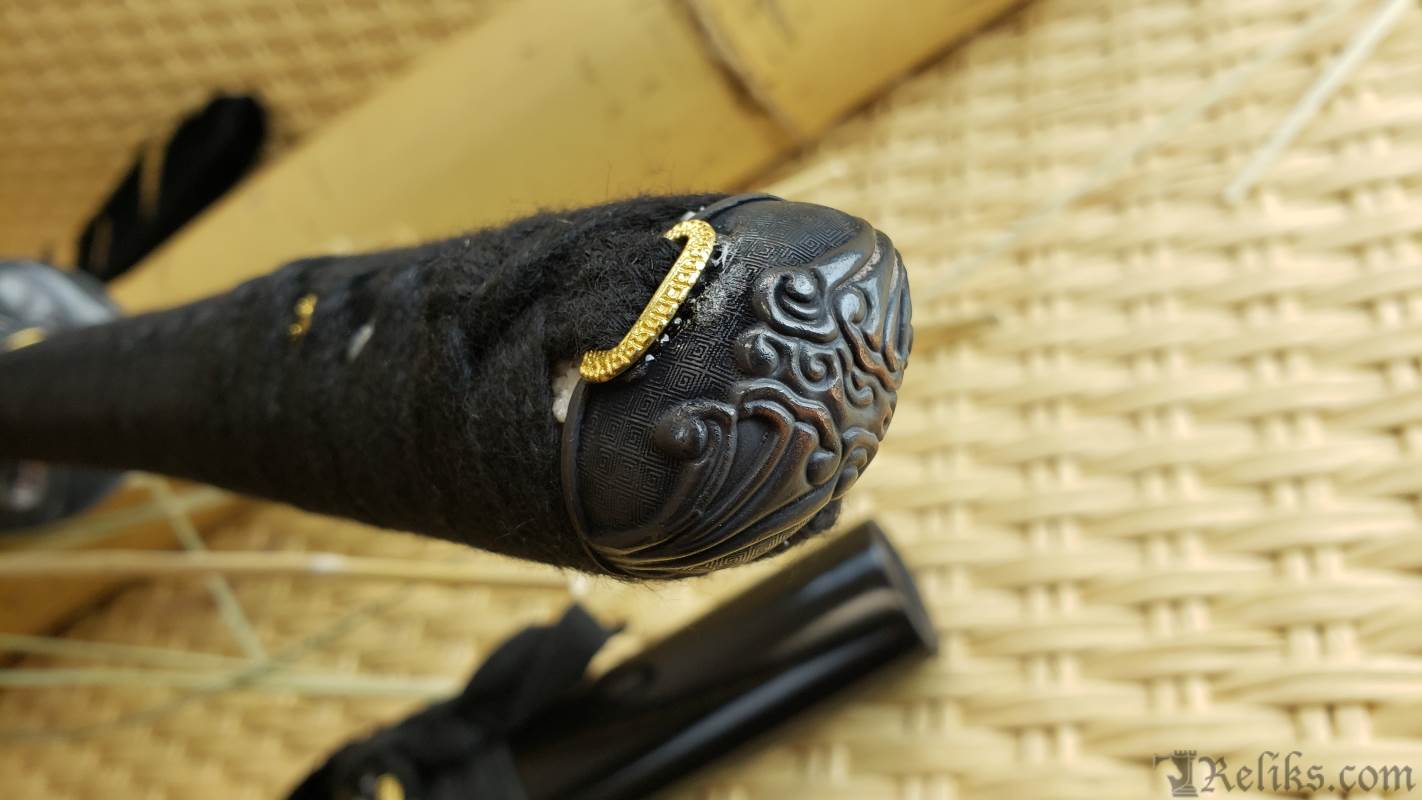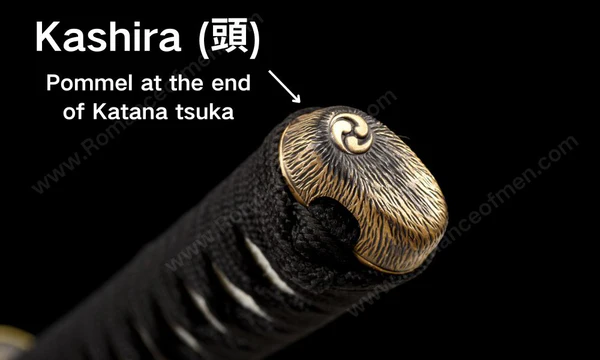Katana Parts
The katana is a symbol of Japanese craftsmanship. It is known for its beauty and functionality. Each part of the katana Parts plays a significant role.
1. The Katana Blade
The blade is the heart of the katana. It combines aesthetics with sharpness. Let’s explore its components.
A. Nagasa
Nagasa is the blade’s length. It typically ranges from 24 to 30 inches. This measurement affects the sword’s balance.
B. Sori
Sori refers to the curvature of the blade. A gentle curve enhances slicing ability. It also contributes to the sword’s overall appearance.
C. Shinogi & Shinogi-Ji

The shinogi is the ridge line on the blade. It separates the blade into two sections. Shinogi-ji is the flat area below the ridge.
D. Hamon
Hamon is the temper line on the blade. It showcases the unique pattern from heat treatment. Each hamon is distinctive to its maker.
E. Boshi
Boshi is the tip of the blade. It often features a unique design. This detail adds character to the katana.
F. Yokote
Yokote is the line where the blade meets the tip. It marks the transition between the blade and the kissaki. It aids in the sword’s aesthetic flow.
G. Kissaki
Kissaki is the pointed end of the blade. Its shape influences cutting efficiency. A well-crafted kissaki enhances the sword’s performance.
H. Ha
Ha refers to the cutting edge. It is crucial for the sword’s functionality. A sharp ha is essential for effective cutting.
I. BO-HI

Bo-hi is the groove along the blade. It reduces weight without compromising strength. This feature adds to the sword’s agility.
J. Nakago
Nakago is the tang of the blade. It is hidden within the handle. It provides stability and balance to the katana.
The scabbard protects the blade. It is as important as the blade itself. Let’s look at its components.
A. Saya
Saya is the scabbard made of wood. It fits the blade snugly. A well-crafted saya prevents damage.
B. Shitadome & Kurigata
Shitadome are the fittings that secure the blade. Kurigata is the knob for the sageo. Together, they hold the scabbard together.
C. Sageo
Sageo is the cord attached to the saya. It helps in drawing the sword quickly. A decorative sageo adds style.
3. Between the Handle and the Blade of the Katana
This area is crucial for functionality. It ensures a secure connection. Let’s explore its parts.
A. Habaki & Seppa
Habaki is the blade collar. It keeps the blade in place. Seppa are spacers that ensure a tight fit.
B. Tsuba
Tsuba is the guard of the katana. It protects the hands during use. It also adds to the sword’s aesthetic appeal.
4. Katana Handle
The handle is essential for grip. It ensures control during use. Let’s examine its components.
A. Fuchi
Fuchi is the fitting at the handle’s top. It provides stability and support. A decorative fuchi adds elegance.
B. Tsuka-Ito
Tsuka-ito is the wrapping around the handle. It offers grip and comfort. Different materials can be used for tsuka-ito.
C. Same
Same refers to the ray skin used on the handle. It adds texture and grip. This material is both durable and aesthetically pleasing.
D. Mekugi

Mekugi are the pins that secure the handle. They hold the blade and handle together. They are crucial for the sword’s integrity.
E. Menuki
Menuki are decorative ornaments on the handle. They provide grip and enhance beauty. Each menuki tells a story.
F. Kashira
Kashira is the end cap of the handle. It completes the handle’s structure. A well-crafted kashira adds a finishing touch.
The katana is more than just a weapon. Each part contributes to its legacy. Understanding these components deepens appreciation for this iconic sword.




